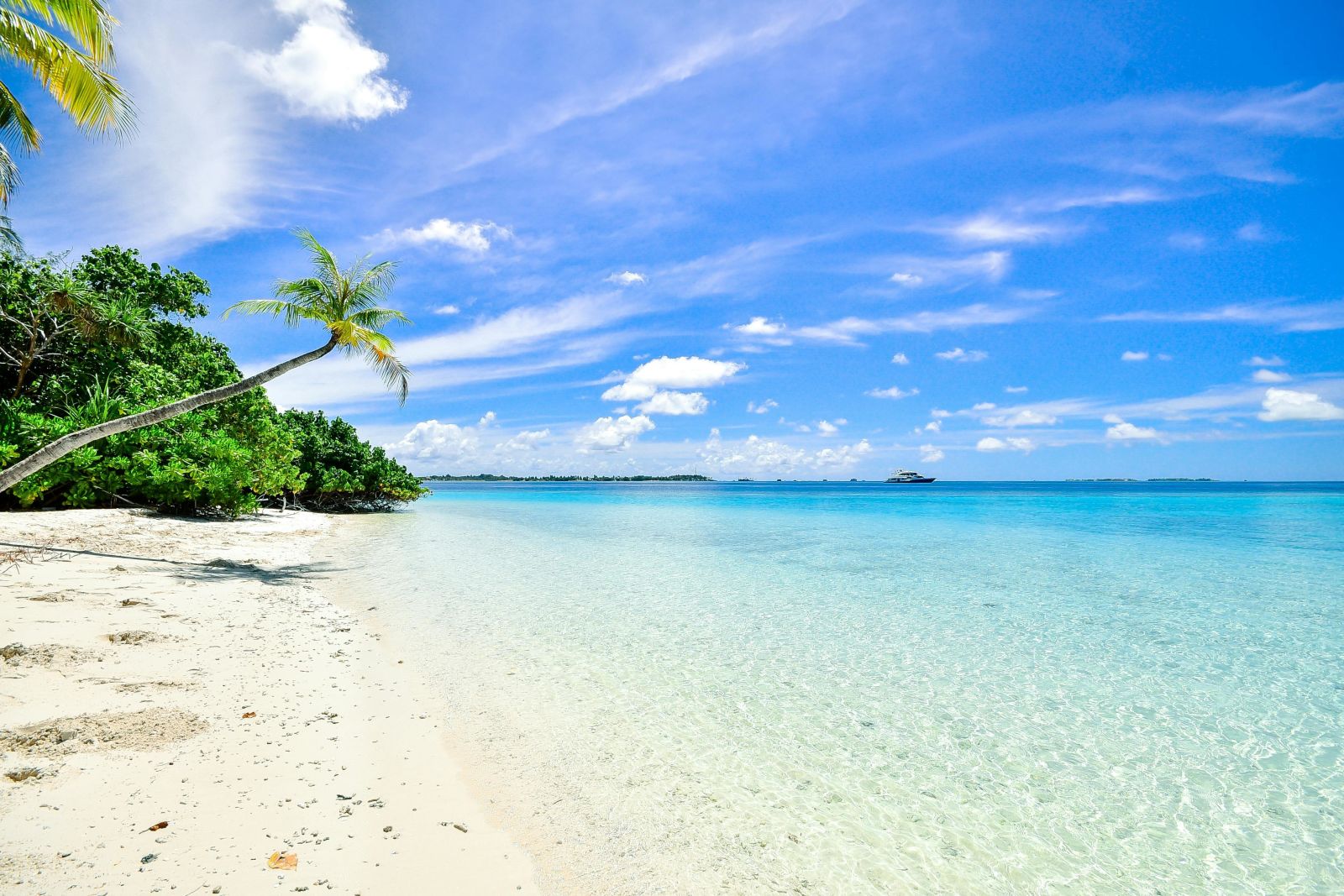26. Nepal
This vibrant country is home to fascinating history, friendly people, and the majestic Himalaya mountains. Visit Kathmandu for sightseeing, then get out into the countryside to explore hidden monasteries and national parks. If you're feeling extra adventurous, plan a trek up to Everest base camp!
27. New Orleans, Louisiana
New Orleans offers excellent live jazz, iconic bars, and delicious Creole cuisine. The center of it all, Bourbon Street, won't disappoint any party-lover with it's neon lights, endless rows of bars, and oversized to-go cups. Bonus points if you can plan your visit over Mardi Gras!
28. Rio de Janeiro, Brazil
Sunbathe on Copacabana Beach, hike to the Christ the Redeemer statue, and dance the night away in this vibrant capital city. If you can, plan your trip during the Carnaval Festival in February or March!
29. Isle of Skye, Scotland
This island in the Northwest of Scotland looks like something on another planet. It's hard to believe this place isn't magical with rock formations like the Old Man of Storr and the Quiraing. Once you've gotten your fill of hiking, be sure to try some of the famous local whiskey.
30. Ibiza, Spain
You'll find the best of both worlds on this Spanish island. Party the night away at world-famous mega-clubs, and then hike to gorgeous hidden beaches during the day. Whatever you do, don't miss the stunning sunsets from the west side of the island.

